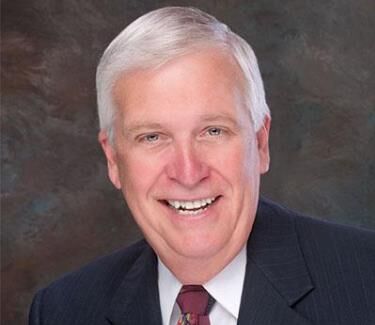The National Association of Broadcasters says about 225 broadcasters from 33 states traveled to Washington for a two-day conference and lobbying blitz this week on two hot-button issues for radio and television operators: preserving AM radio in the dashboard and broadcast TV programming on streaming video platforms. The event, also sponsored by the National Alliance of State Broadcasters Association, was dominated by the radio issue which has quickly grabbed attention inside the Beltway.
“This is going faster than even I expected to be honest with you. But I knew it was important. And as my senator said, it's a no brainer,” says Montana Broadcasters Association President Dewey Bruce, who serves as President of NASBA.
The focus was on getting lawmakers to support the AM for Every Vehicle Act that would require carmakers to maintain AM broadcast radio in new vehicles at no additional charge. For car models that have already dropped the feature, until it can be brought back, the law would require a warning label alerting buyers what is missing. Senate sponsors Ed Markey (D-MA) and Deb Fischer (R-NE) each received standing ovations from broadcasters during their appearance at the event, held at NAB headquarters.
“They're both very positive this is going to go through,” Bruce says. Unlike some bills whose introduction aims to put pressure on an industry, he tells Inside Radio in the case of the AM radio bill, broadcasters’ endgame is to have it signed into law.
“This law is to protect the citizens of our country,” Bruce says. “How many disasters that we're having, with hurricanes, flooding, blizzards, fires, and all of this. This is a way that people can get the information that they need, and they can get it in real time. It's absolutely critical.”
The two-day effort included more than 150 individual meetings with members of Congress and their staff. How successful it ultimately was will be seen in the number of lawmakers who add their names as cosponsors to the legislation in the coming weeks.
While support for AM radio has been strong, some broadcasters did run into concerns over mandating the auto industry into action. But Bruce – who heard it from two lawmakers – says their response is that it is not as onerous as it may sound. “I told them it's not really a mandate – it's a safety issue. And so if there are AM radios already in there, we're just asking them not to take it out,” Bruce says.
During the event, Federal Emergency Management Agency officials also backed up that message, agreeing with broadcasters that AM in cars is critical for people’s safety. “I think Congress gets this, and they’re very concerned about it,” Bruce says.
As broadcasters return home, the lobbying effort continues. States that did not send delegations to Washington are also working to repeat the effort back in their congressional districts. While many members of Congress grew up listening to AM radio, supporters of keeping the legacy band in cars argue that is not the only reason this issue is resonating.
“Eighty-two million people a month listen to AM radio. No matter how you say it, that’s a lot of people. The radio station is their friend,” Bruce says. “But the other thing is that when there's an emergency, I don't care how old you are, you’re going to listen to where you can get the information and get accurate information.”

